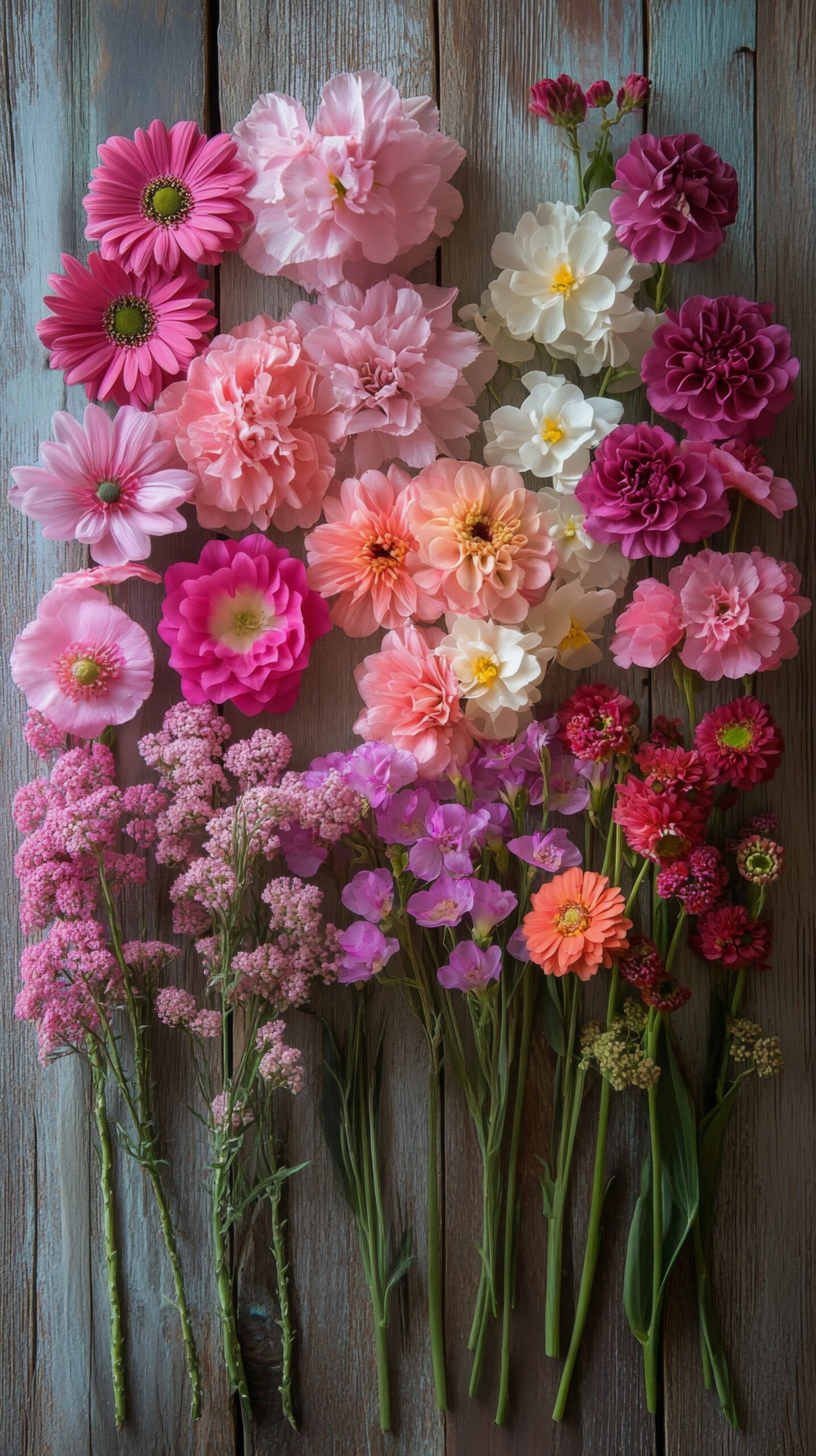11 Flowers That Love Coffee Grounds – Boost Your Blooms Naturally!
When I first told my mom—who’s been gardening for decades—that I was adding coffee grounds to flower beds, she looked at me like I’d lost my mind.
But a few weeks later? The results were undeniable. Brighter blooms, richer foliage, and fewer pests… all thanks to something most of us toss in the trash daily.
If you’re wondering what flowers like coffee grounds and how to use them correctly, you’re in the right place. Below, we’ll cover 11 flowers that thrive on this natural fertilizer, plus how to use it the right way without hurting your plants.
—
☕ Before You Start: Coffee Grounds in the Garden 101
✔️ Use in Moderation
Too much of a good thing can be harmful. While coffee grounds are rich in nitrogen and organic matter, overusing them can compact the soil and make it too acidic—especially for flowers that prefer neutral conditions.
✔️ Only Use Used Coffee Grounds
Fresh grounds are too acidic for most plants. Stick with used coffee grounds, the ones left over after brewing your morning cup. Let them dry completely before adding them to the soil to avoid mold.
✔️ Test Your Soil First
Not all flowers thrive in acidic soil. If you’re unsure about your soil’s pH, grab a soil testing kit online or at your local garden center. It’s a small step that can make a big difference.
> Bonus Tip: You can also explore other natural amendments like wood ash, banana peels, or crushed eggshells to build healthier soil.
—
🌸 11 Flowers That Thrive with Coffee Grounds
These blooms not only tolerate coffee grounds—they absolutely thrive with the added boost.
1. Azaleas
Azaleas love acidic environments, and coffee grounds are perfect for gently increasing soil acidity. Sprinkle around the base for healthier foliage and brighter flowers.
2. Rhododendrons
Closely related to azaleas, rhododendrons also prefer low pH soil. Coffee grounds enrich the soil and help these shrubs develop vibrant blossoms and lush leaves.
3. Hydrangeas
Want to turn your hydrangea blooms blue? Add coffee grounds. The acidity helps shift pink flowers toward those cool blue tones. It won’t work overnight, but with consistent use, the color change is noticeable.
> Curious about the science behind this? Check out our full guide on [changing hydrangea color naturally].
4. Gardenias
This fragrant favorite is a classic acid-loving flower. Coffee grounds add nitrogen and improve soil texture, making gardenias happier and more productive bloomers.
5. Camellias
Known for their glossy leaves and striking blooms, camellias benefit from coffee grounds both for their acidic nature and slow-release nutrients. Just be sure to use small amounts.
6. Roses
Roses are surprisingly hungry plants. The nitrogen in coffee grounds feeds their growth, while the gritty texture can help deter pests like aphids and slugs. Mix into compost or scatter lightly around the roots.
7. Hostas
These shade-lovers often get attacked by slugs. A ring of coffee grounds acts as a natural deterrent, and the acidity gives hostas a mild nutritional edge.
8. Lily of the Valley
This dainty perennial enjoys acidic soil and soaks up nutrients from coffee grounds. Add a small handful to encourage more blooms and stronger stems.
9. Begonias
Coffee grounds contain nitrogen, phosphorus, and potassium—exactly what begonias need to bloom continuously through the season.
10. Marigolds
Marigolds thrive in slightly acidic soil and benefit from coffee grounds as a natural soil conditioner and pest repellent. Sprinkle a light layer around them once every couple of weeks.
> Pro Tip: Pair marigolds with natural pest control sprays for maximum garden protection without chemicals.
11. Daffodils
While daffodils prefer a neutral to slightly acidic soil, small amounts of coffee grounds can give them a nutrient boost—especially in containers or hanging baskets. Don’t overdo it; moderation is key.
—
🌿 How to Apply Coffee Grounds to Your Flower Garden
Here’s how to use coffee grounds without harming your plants:
Sprinkle Dry Grounds Lightly: Around the base of the plant, not directly on the stems.
Mix with Compost: This dilutes the acidity and allows for a slower release of nutrients.
Make a Liquid Fertilizer: Steep grounds in water for a day or two and use as a natural flower feed.
—
🌼 Final Thoughts: Are Coffee Grounds the Secret to Better Blooms?
If you’ve been tossing your coffee grounds, it’s time to rethink that habit. For the right plants, this kitchen waste can become a powerful garden ally.
With a bit of care and moderation, you can boost flower growth, improve soil structure, and even deter pests—all without spending a dime. It’s a simple, sustainable step toward a more vibrant garden.

